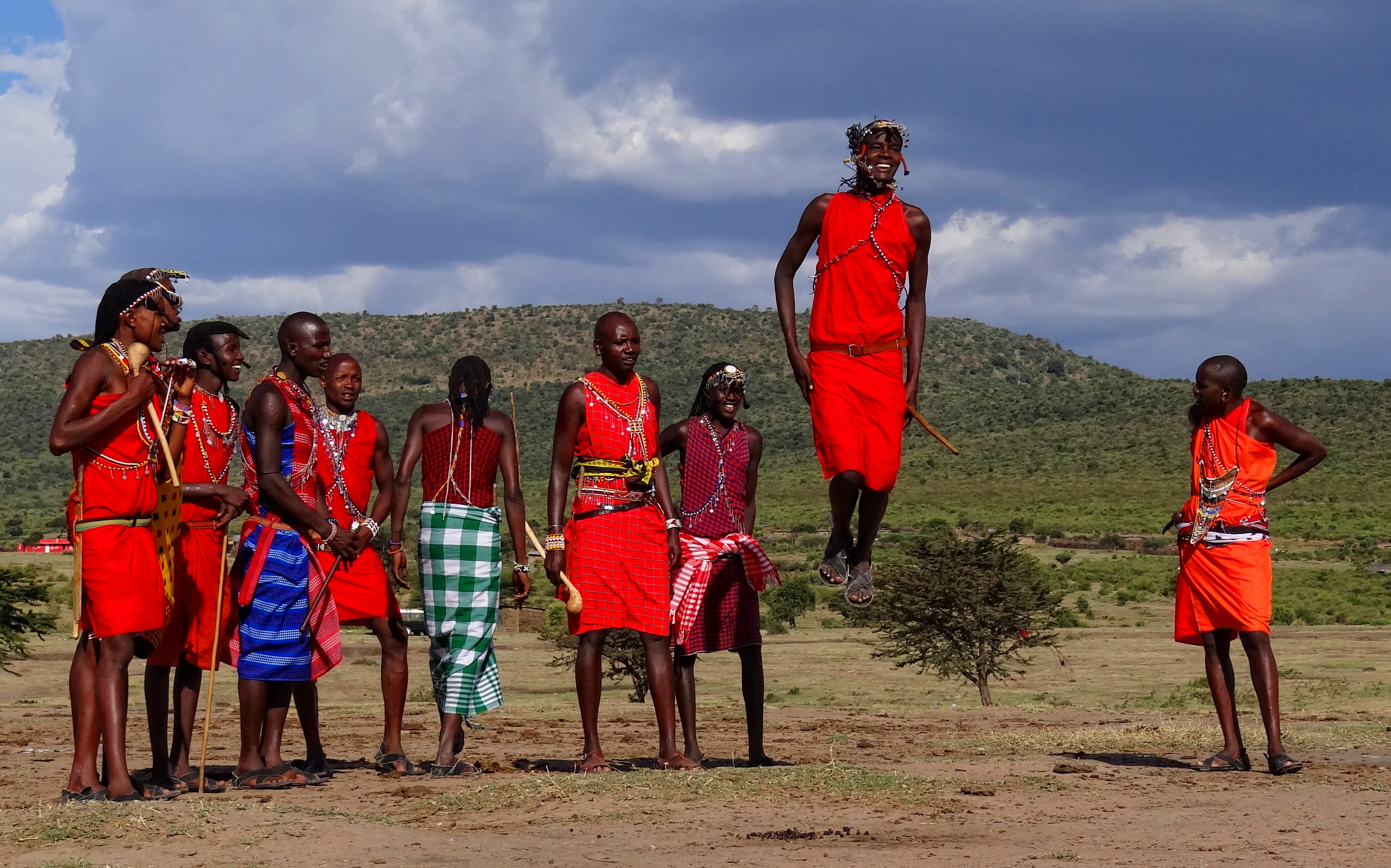I’m a Postcolonial Feminist, and when that travels it means I am always looking for “the people” wherever I am. The minorities. The once (or currently) oppressed. The societal outcasts. The strangers in their own native land. I seek to learn their stories and how they connect to mine as a Black woman. Doing so enables me to feel the cosmopolitanism my heritage affords me wherever I am, the connection to the individuals who share the same “overcomer” lineage. From India to South Africa to New Zealand my culture as an Afro-American has given me insights and invitations into stories beyond the typical tourist’s eye, which I gratefully listen to and add to my reservoir off cultural assonance.
However, I always have to be careful with my approach in seeking to open up dialogue that organically leads into fragile transfusion of cultures’ stories. In my own experiences many times my excitement at hearing the history of the native cultures and peoples would go ahead of me and I would forget that my desire for solidarity and the connection of stories could be misconstrued for nosiness, meddling, or culturally disconnecting tourism for sake of braggadocios conversation back on US soil. I have learned that there is foundation to be laid and protocol to follow before I can just jump in and have a deep conversation about the common threads that lie between mine and another cultures’.
The commonality can easily present itself without the presence of the boundaries that lie between two cultures, and ignoring that boundary can be detrimental to building bridges and forging relationships with native peoples abroad, despite the similarities yours and their history share.
Over time I’ve had to develop a sort of algorithm on my part to connect with cultures abroad and genuinely engage with them to facilitate the exchange of stories of lineage, significant events, and generational changes. Note: This is a delicate subject. I am sharing based on my own experiences and not seeking to impose a set of standards for reaching out and interacting with cultures abroad.
1. Do your research.
There’s nothing worse than an uneducated traveler randomly starting a conversation inspired by patterned fabrics or the mere sound of a language. If you want to connect with “the people” ask around, read some articles, and be a sharp observer to see how the culture interacts with outsiders. While visiting New Zealand’s museum Te Papa Tongarewa I viewed the permanent exhibit The Golden Days on the country’s cultural history with the Maori and European colonizers,not-so-affectionately referred to by Maori as Pakeha. The exhibit showed what I would describe as the Maori Civil Rights Movement: their struggle to be recognized as human on their own soil and have equal rights to express their culture alongside Pakeha. I watched footage of marches, meetings, and protests and the more I watched the more I felt ties to the Maori culture. I had to talk about it. When I got the opportunity, it was afforded through my educational experience at Te Papa and I could fruitfully dialogue with Maori elders and individuals about both of our cultures’ commonalties.
2. Listen hard, listen well.
If and when you start a conversation, listen more than you speak. Ask well-informed, solid, questions from your research and let the answers lead into greater dialogue if they may, like rivers into the ocean.
3. Be prepared to be locked out, but don’t let that keep you from celebrating.
There are cultural norms called cultural exclusives, which are those things which outsiders are/will never be privy to in a culture. Don’t be offended if you’re met with silence, a door is closed before your face, or your dialogue is suddenly cut off by a separate conversation in their language. Celebrate being able to bear witness; don’t let the energy of what’s happening before you be disturbed by your sensitivity.
4. Don’t romanticize the experience!
This is major. Forget Dances with Wolves, Pocohantas, Last of the Mohicans, and Avatar. These are real people who, more often than not, are accustomed to having their cultures romanticized by tourists’ hype. How can you be different? Don’t be so green. Chill out. Respond, don’t react. Participate when you’re invited but don’t let your excitement turn into buffoonery. Observe quietly when you’re not engaging. Be patient.
5. Be yourself, your real, seeking, inquisitive, respectful self.
If you’re going to go after building a bridge, do so wholeheartedly but don’t place yourself so intimately in the picture that you come across disingenuous–fake. Remember, you’re also bringing your culture to the table and by representing who you are you are laying a foundation for exchange to take place.
6. Take what your experience teaches you.
Use it to diffuse stereotypes back home, make beautiful memories, and make new discoveries about yourself and others.
This story was curated by Chimene Jackson.
